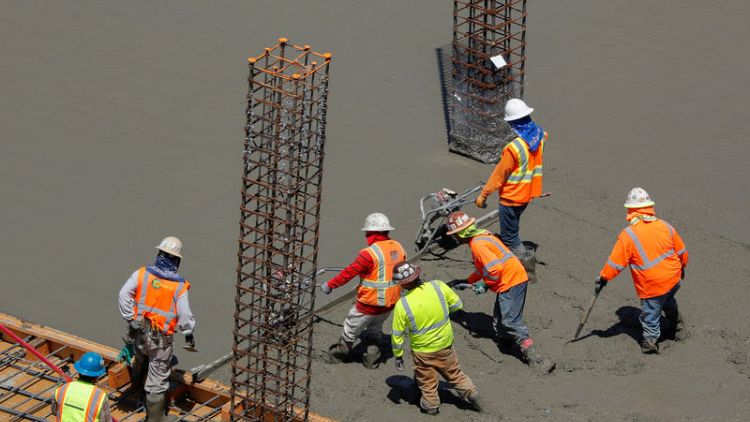By Jason Lange
WASHINGTON (Reuters) - Weak U.S. hiring data led investors to raise bets on Friday the U.S. Federal Reserve will cut interest rates later this year to stave off a recession. Is the U.S. economy really showing signs of rolling over?
Maybe not. A range of U.S. economic data, including the hiring report released on Friday, point to cooling growth rather than recession. At least for now.
To be sure, recessions are notoriously hard to predict and the Fed may yet decide that interest rates are too high. But several economic gauges widely seen as leading indicators are not yet flashing red.
For example, a rapid rise in the number of Americans filing initial claims for unemployment benefits often happens when a recession is brewing. While the Labor Department's data on new claims can be volatile, it has the advantage of being updated just one week after workers file their claims. For a few months beginning last September, the data appeared to be on a worrisome upward trend. But new claims have fallen since February and the trend over the last eight months looks about flat, pointing to a generally stable labour market.
(GRAPHIC: Stable benefits - https://tmsnrt.rs/2QTV4wE)
U.S. employment growth last month, while it slowed considerably from April, was still up a historically solid 1.6 percent from May 2018. Economists also like to look at three-month moving averages for job growth to smooth out volatility. Job growth has slowed at a more severe level several times in recent years without leading to a recession.
(GRAPHIC: Job growth - https://tmsnrt.rs/2QR7QvO)
For many economic observers on recession watch, a key concern is that a slowing global economy and U.S. trade conflicts with China and Mexico will hit U.S. factories, triggering weakness in the broader economy. But a closely watched gauge of growth in U.S. manufacturing continues to point towards growth. True, this index of sentiment at factory purchasing measures has deteriorated since August. But the downward movement does not look out of place from the ebb and flow of strength in the sector since the last recession.
(GRAPHIC: Ebb and flow - https://tmsnrt.rs/2QVmyCa)
(Reporting by Jason Lange; Editing by Leslie Adler)



